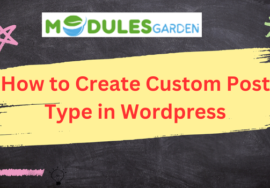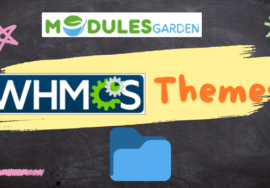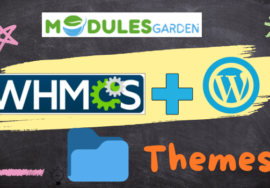
How to optimize WordPress site for SEO like a pro
To optimize your WordPress site for SEO like a pro, follow these key strategies:
1. Choose an SEO-Friendly Theme
- Start with a lightweight, responsive theme that’s optimized for speed. Ensure it uses clean code and is mobile-friendly, as Google favors mobile-first indexing.
2. Install an SEO Plugin
- Use an SEO plugin like Yoast SEO or Rank Math to optimize meta tags, titles, and descriptions easily. These plugins guide you in structuring your content for better search engine performance.
3. Optimize Your Content with Keywords
- Research relevant keywords using tools like Google Keyword Planner or Ahrefs. Place your primary keyword in:
- Title (H1 tag)
- First paragraph
- Subheadings (H2, H3 tags)
- Meta description
- Image alt text
- Focus on creating high-quality, in-depth content that answers your audience’s queries.
4. Improve Site Speed
- Use caching plugins like WP Rocket or W3 Total Cache to reduce load times.
- Compress images using tools like Smush or ShortPixel to reduce their size without losing quality.
- Choose a fast web host and consider using a CDN (Content Delivery Network) like Cloudflare.
5. Use a Clean URL Structure
- Ensure your URLs are simple and include your target keywords. Go to Settings > Permalinks and select the “Post name” option for clean URLs.
6. Create an XML Sitemap
- Use your SEO plugin to generate an XML sitemap and submit it to Google Search Console. This helps search engines crawl and index your pages more efficiently.
7. Internal Linking and Backlinks
- Add internal links between related blog posts to boost page views and distribute link equity.
- Acquire quality backlinks from authoritative websites to improve your site’s domain authority and rankings.
8. Optimize Images and Use Alt Text
- Optimize all images by compressing them and adding descriptive, keyword-rich alt text. This helps with image SEO and makes your site more accessible.
9. Use Schema Markup
- Add structured data using schema markup to help search engines better understand your content. Plugins like Schema Pro or Yoast SEO make this easy to implement.
10. Mobile Optimization
- Ensure your site is fully responsive and mobile-friendly. Google prioritizes mobile performance, so use Google’s Mobile-Friendly Test to check your site.
By implementing these steps, your WordPress site will be well-optimized for SEO, improving your visibility and ranking on search engines.
Need Help? Contact us:
+91 98826 06526
+91 94594 16526
FaceBook
WebExpert1380@gmail.com
Check Our Whole Services







